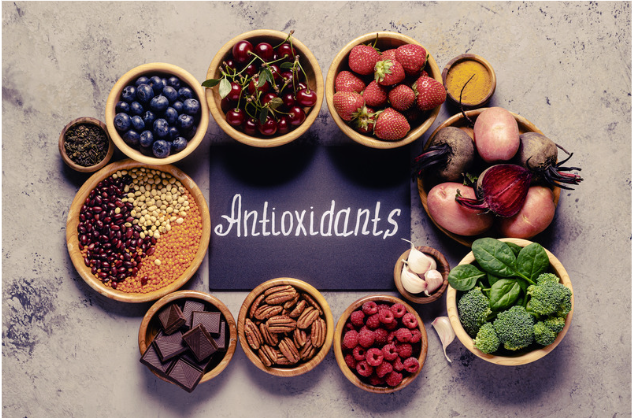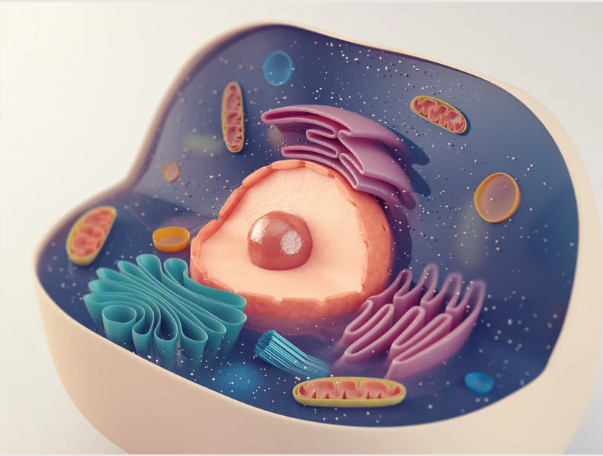When discussing plastic pollution, most people are familiar with microplastics, but fewer understand the growing threat of nanoplastics. As a functional medicine doctor, I’m here to explore the key differences between these two contaminants, their impact on your health—particularly your immune system—and how functional medicine can address this invisible but pervasive issue.
How Do Microplastics and Nanoplastics Differ?
Microplastics are small plastic particles, typically less than 5 millimeters in size. Nanoplastics, on the other hand, are even smaller—less than 1 micrometer (1,000 nanometers). This tiny size gives nanoplastics unique properties that make them more dangerous:
- Deeper Penetration: Nanoplastics can infiltrate cell membranes, tissues, and even cross the blood-brain barrier.
- Greater Reactivity: Their small size and large surface area increase their ability to bind to and transport toxins.
Where Are Nanoplastics Found, and How Are They Made?
Nanoplastics result from the breakdown of larger plastics through environmental degradation, mechanical friction, or chemical processes. They are commonly found in:
- Bottled Water: Many plastic bottles release nanoplastics into the water, especially when exposed to heat or repeated use.
- Air Pollution: Particles from car tires and industrial emissions settle into the air we breathe.
- Personal Care Products: Items like toothpaste, facial scrubs, and lotions often contain nanoplastics in the form of microbeads or nanoparticles.
- Food Packaging: Plastics used to store and process food can shed nanoplastics into the contents.
- Oceans and Rivers: Water sources contaminated with larger plastics break down into nanoplastics over time.
Foods High in Nanoplastics
Due to their widespread presence, certain foods are more likely to contain nanoplastics:
- Seafood: Fish and shellfish often ingest nanoplastics, which then accumulate in their tissues.
- Salt: Sea salt has been shown to contain significant amounts of micro- and nanoplastics.
- Tea Bags: Plastic tea bags release nanoplastics when exposed to hot water.
- Packaged Foods: Items stored in plastic containers, especially fatty or acidic foods, are prone to contamination.
- Processed Beverages: Bottled water and sodas are major sources of nanoplastics.
How Do Nanoplastics Affect the Immune System?
Nanoplastics are particularly harmful because they can:
- Trigger Inflammation: The immune system identifies nanoplastics as foreign invaders, leading to chronic inflammation.
- Weaken Immune Response: Prolonged exposure can exhaust immune cells, leaving the body vulnerable to infections and diseases.
- Transport Toxins: Nanoplastics often carry harmful chemicals like phthalates, BPA, and heavy metals, which further disrupt immune function.
- Disrupt Gut Health: Ingested nanoplastics can damage the gut lining, impairing nutrient absorption and weakening immune defenses.
Functional Medicine’s Approach to Nanoplastics
Functional medicine emphasizes identifying and addressing the root causes of health issues. Here’s how we approach nanoplastics:
- Detoxification Support:
- Liver Function: Supplements like milk thistle, glutathione, and N-acetylcysteine enhance the liver’s ability to detoxify.
- Chelation Therapy: Binding agents like chlorella or activated charcoal can help remove toxins associated with nanoplastics.
- Gut Health Optimization:
- Repair the Gut Lining: Using nutrients like L-glutamine, zinc carnosine, and collagen to heal damage caused by nanoplastics.
- Probiotics and Prebiotics: Strengthen the gut microbiome to improve toxin elimination.
- Anti-Inflammatory Protocols:
- Adopt a diet rich in anti-inflammatory foods, such as turmeric, omega-3 fatty acids, and green leafy vegetables.
- Reduce exposure to inflammatory triggers like sugar, processed foods, and environmental toxins.
- Environmental Detox:
- Minimize plastic use at home by switching to glass or stainless-steel containers.
- Use air purifiers to reduce airborne nanoplastics.
- Testing and Monitoring:
- Advanced testing to measure toxin levels and identify specific immune or gut disruptions.
- Tailored treatment plans to address individual needs.
Final Thoughts
Nanoplastics represent a new frontier in environmental and health challenges. Their tiny size and pervasive presence make them a significant threat to our immune system and overall well-being. However, by adopting a functional medicine approach, you can minimize their impact and support your body’s natural ability to detoxify and heal.
If you’re concerned about nanoplastics and their effects on your health, reach out to our office today. Together, we can create a personalized plan to protect and strengthen your immune system, so you can thrive in a modern world.






